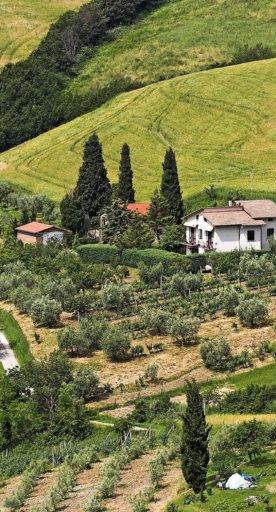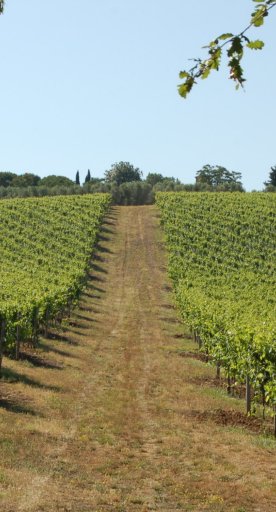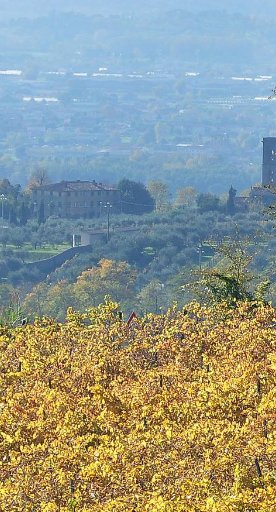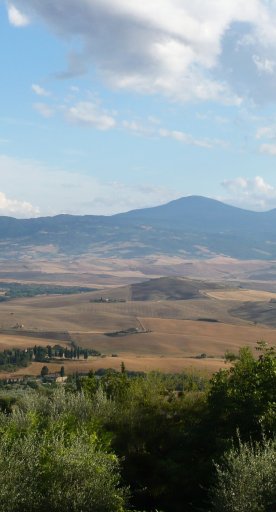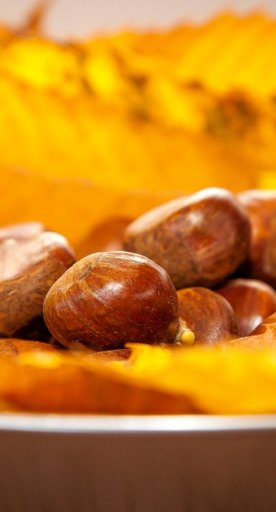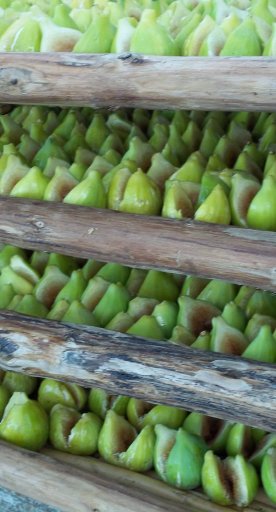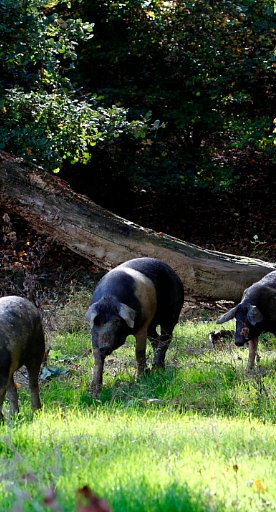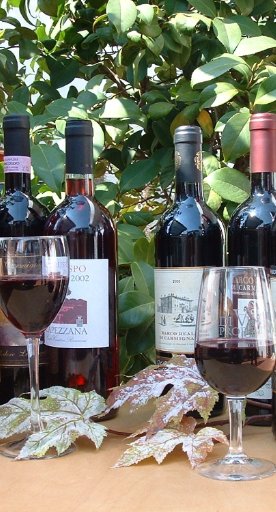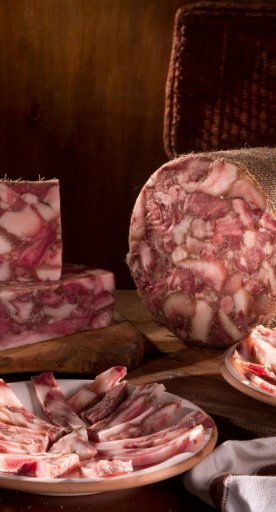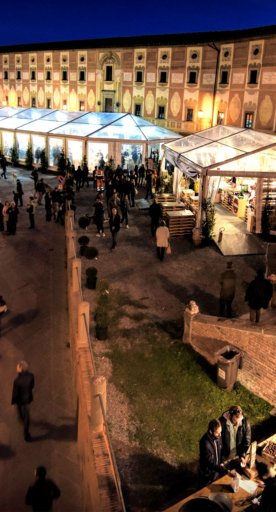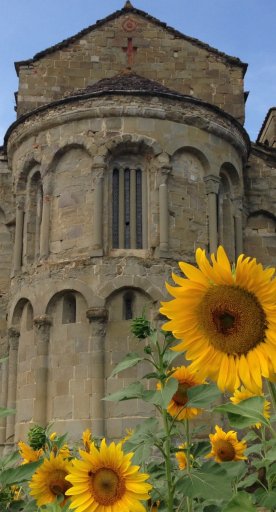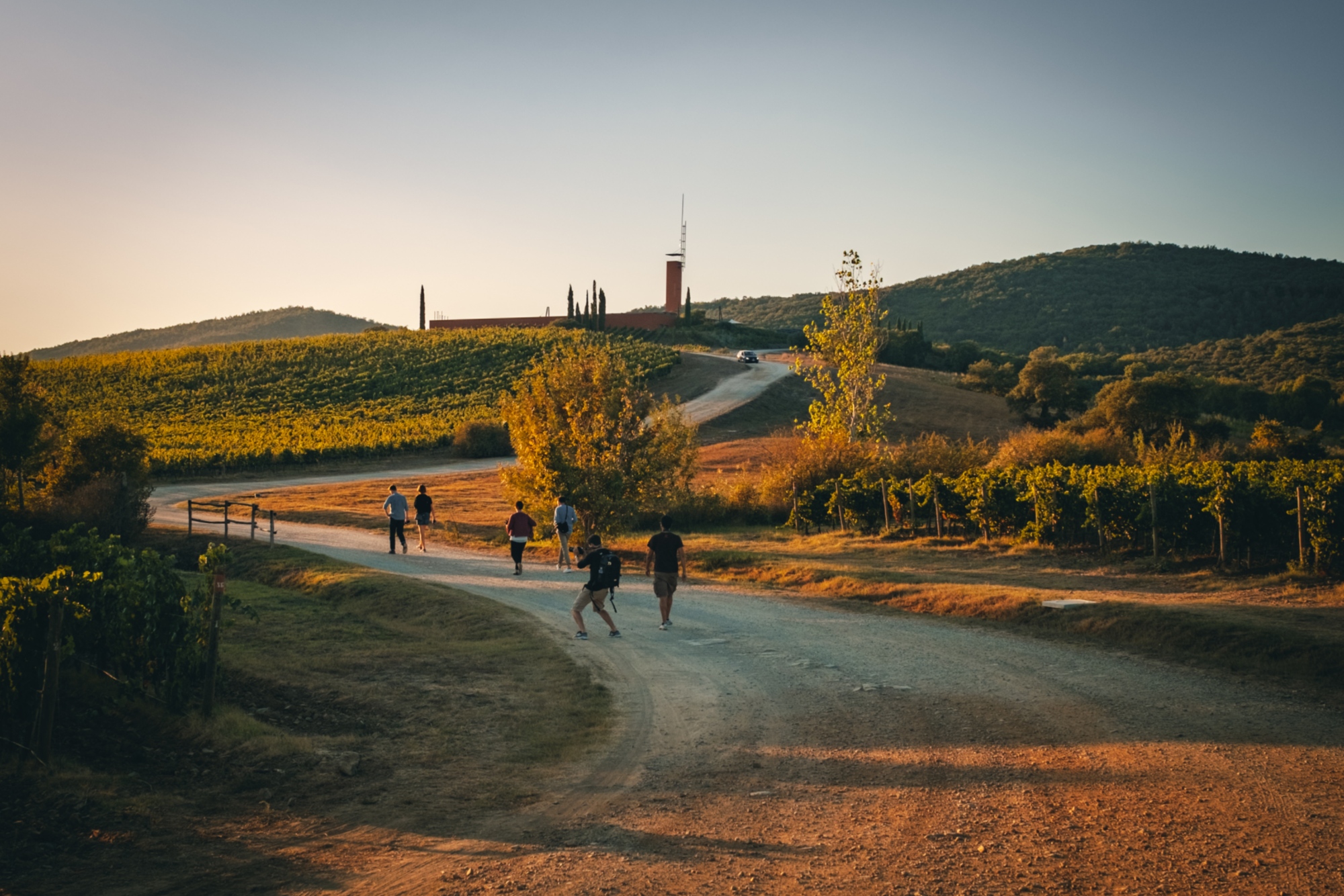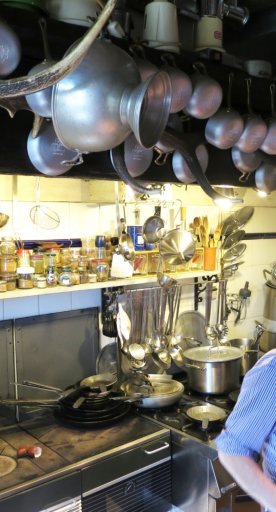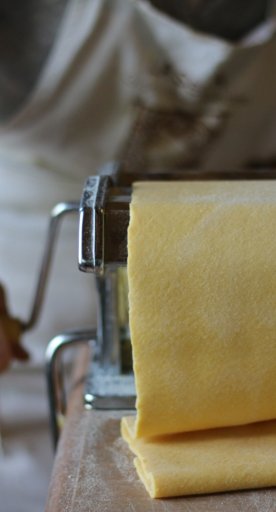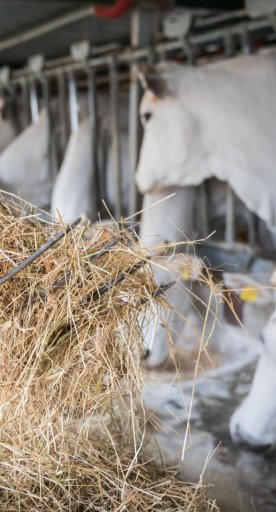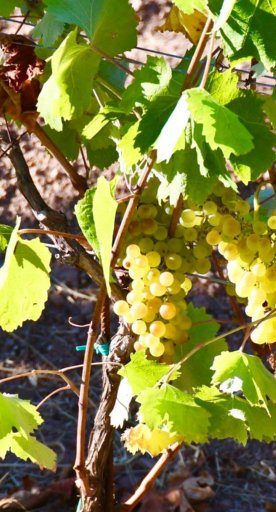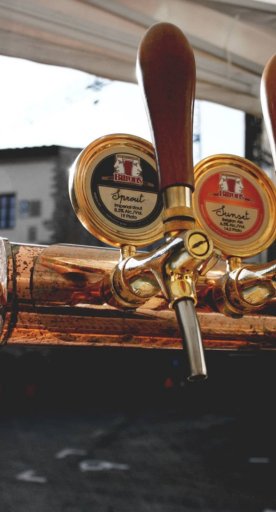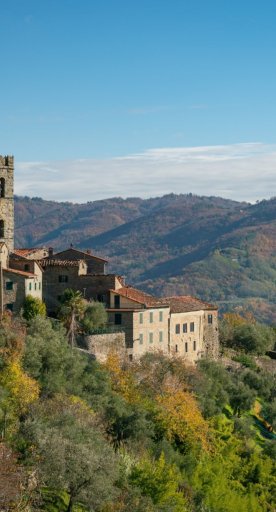

Flavors and typical products of Maremma
A journey into the ancient flavors of Maremma, between sea and land
The variety and richness of the land is certainly one of the main features of the Maremma: crystal-clear sea and long beaches of the finest sand, dense forests and lake and flat areas, fertile soils and natural spas.
A timeless land rooted in a past steeped in history.
The treasures of this area, however, are not only those of the landscape, but also those that the Etruscans already began to know and appreciate centuries ago: the strong scent of olive oil, the sweeter scent of chestnuts, the dense taste of honey and the genuine taste of cheeses. And then the wines, famous throughout the world thanks to the particularity of the territory where the grapes are obtained.
All this variety of lands and traditions has given rise to a cuisine with a rich and distinct taste, ranging from the lively flavors of the sea to the fuller flavors of the hinterland.

One of the best-known and most appreciated dishes of Maremma is definitely the Tortello Maremmano: it is a raviolo made of fresh pasta - pulled by hand - and filled with sheep ricotta and spinach. The very fine pastry and the right amount of filling result in a first course rich in flavor, especially when served with Tuscan meat sauce.
It has its roots in the past, it seems that even the Etruscans already knew the recipe: it is Acquacotta, a soup made with onion, tomato, celery, carrots - although the vegetables in it change from season to season - enriched with slices of toasted bread, eggs and pecorino cheese.
The secret of this poor dish, which draws on peasant tradition, is a long cooking time that allows the flavors to mingle and the vegetables to soften until they melt in the mouth.
Moving from the hinterland to the sea, we find another traditional soup: the Caldaro. This is a poor fish dish whose recipe originated in the Argentario, when the fishermen of Maremma, upon returning from their day at sea, cooked directly on the beach in a pot called, precisely, "caldaro”.
Ingredients must be very fresh and variations are numerous, depending mainly on the seasonal availability of the fish.
Traditionally, fish was cooked in order of softness, first the strongest, then the most delicate.

A long, slow preparation that requires patience and organization, the Cinghiale alla Maremmana is one of those dishes that cannot be improvised.
It starts the day before, with marinating the meat cut into pieces and continues the next day, with preparation using a classic vegetable base and a long cooking time with spices and herbs.
Bay leaves, rosemary, juniper berries, olives and red wine are just some of the ingredients that can be tasted in this dish, which, as in any traditional recipe, has many variations on the theme.
Always meat, always a slow and long cooking time: this time the protagonist is lamb, which in this recipe is enriched with garlic, rosemary and tomato and served on slices of toasted bread.
The Buglione di Agnello is one of the oldest peasant recipes of Maremma and is also the star of one of the area's historic festivals, "The Lamb Festival", which takes place every year in San Martino sul Fiora, during the Easter season.
Another dish that cannot be missed is the Baccalà alla Maremmana. This is a very tasty second course, made with slices of cod fried and then pan-fried with tomato sauce.
There are many variations here as well, but there is one thing almost everyone agrees on: you cannot eat dried salted cod without a few slices of Tuscan bread!

Absolutely characteristic are the sweets found in Castell'Azzara, on Mount Amiata. They recall precisely the shape of small, golden-colored mice: the walnut and honey filling, flavored with cinnamon and orange peel, is contained in a crumbly pastry.
The production, all by hand, is very elaborate.
In the past these sweets were made during the Christmas holidays, but they were also much appreciated by the workers in the mercury mines in the area because of their nutritional value.
There’s another filled sweet, this time with ricotta, sugar and flavorings: the Tortello Dolce di Pitigliano resembles a savory tortello only in shape. It is fried in plenty of boiling oil resulting in surprising flavors and textures.
Finally, the Sfratto, a short pastry dessert filled with walnuts, honey and a pinch of nutmeg, is bound to be mentioned; it owes its name to the history of Pitigliano's Jewish community.
The Sfratto dei Goym is a specialty of the villages of Pitigliano and Sorano and is enjoyed especially at Christmas time, cut into slices.

A separate discussion should be devoted to the production of wines: in Maremma we find very high-quality wines among reds, whites, rosés wines, passiti, late harvests and even sparkling wines.
The simultaneous and close presence of sea, mountains and hills make the production unique and highly appreciated.
Morellino di Scansano is the flagship wine of the area from Scansano to the territories between the Ombrone and Albegna rivers.
It is among the best-known Tuscan red wines and certainly the most typical of Maremma.
A wine that finds its origin in an environment that encompasses the advantages of the hilly territory and the scents coming from the sea, where the Etruscans already grew vines.
Sangiovese is the basic grape variety, sometimes the only one. Grapes from black-fruited vines may be added to it.
Ansonica Costa dell'Argentario is produced in the hilly and insular part of the southern area of the province of Grosseto and includes the municipalities of Manciano, Orbetello and Capalbio in part, and in full those of Isola del Giglio and Monte Argentario.
Always produced on the promontory and hills of what is known as the Costa d'Argento, it has a more or less intense straw yellow color, a slightly fruity aroma and a dry, soft, lively and harmonious flavor.
The basic grape variety of this wine is the white Ansonica.
Another protagonist of Maremma is the Bianco di Pitigliano, a wine obtained from grapes from vineyards located in the municipal territories of Pitigliano and Sorano and in part of those of Scansano and Manciano.
Bianco di Pitigliano has a straw-yellow color with greenish reflections; the aroma is delicate, the flavor dry, lively, with a slightly bitterish base, medium-bodied and smooth.
It lends itself to traditional Maremma recipes, such as Acquacotta, but is also excellent with fish dishes.
We end this short guide with a unique wine: the Montecucco DOC.
We are at the foot of Mount Amiata, on the border with Montalcino: the composition of the soil is characterized by the presence of lava compounds, deposited when the Amiata was active, which give the vines minerality and tastiness.
Montecucco DOC includes several types of wine: red, Sangiovese, white and Vermentino.











